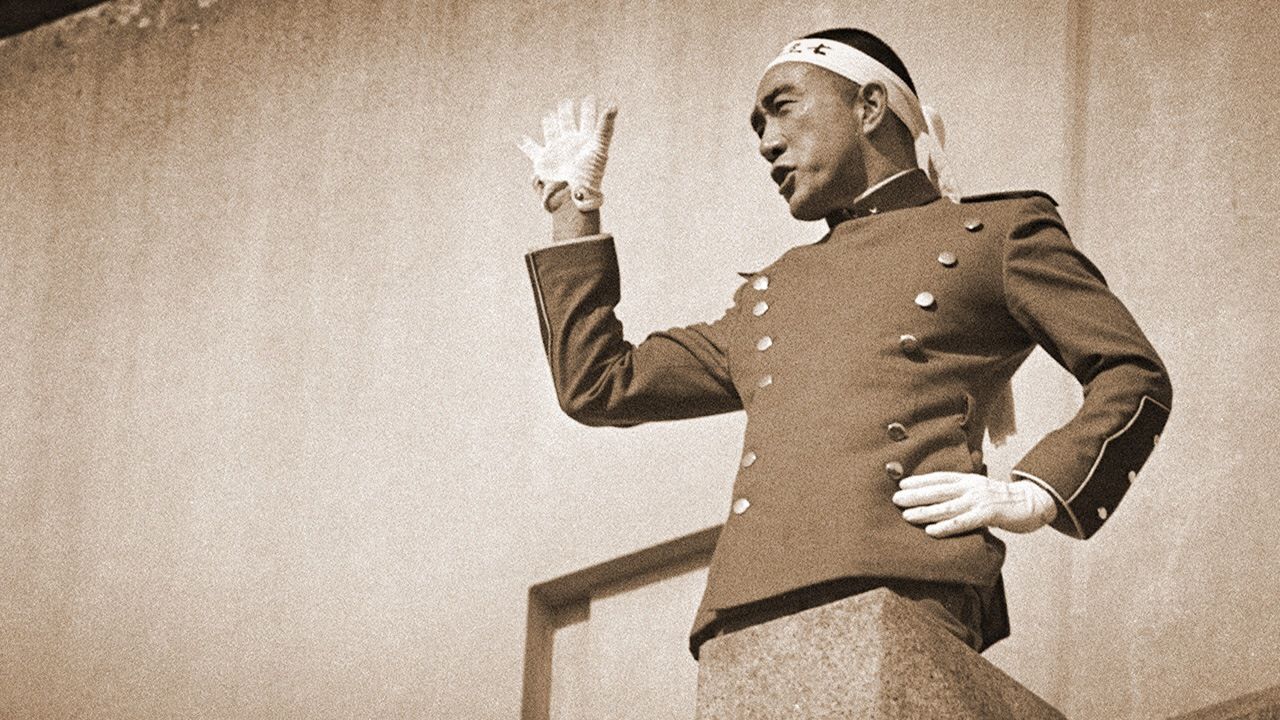
Mishima Yukio’s Suicide and “The Sea of Fertility”
Half a century after Mishima Yukio’s suicide, literary specialist Inoue Takashi considers the connections between his death and his final work, Hōjō no umi (trans. The Sea of Fertility).

Half a century after Mishima Yukio’s suicide, literary specialist Inoue Takashi considers the connections between his death and his final work, Hōjō no umi (trans. The Sea of Fertility).
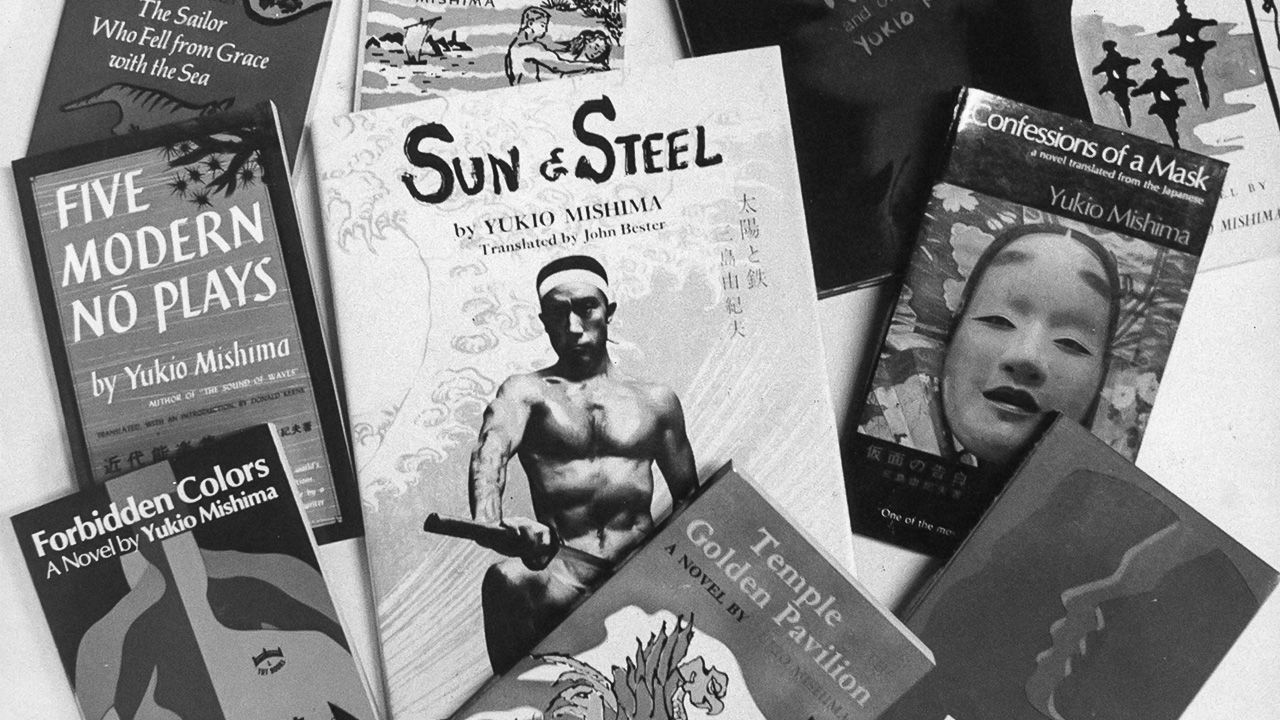
2 November 2020
Half a century has passed since the demise of Mishima Yukio, for many decades the world’s best-known Japanese literary author. By number of translated book titles, he is far ahead of Kawabata Yasunari and Ōe Kenzaburō, Japan’s two literary Nobel Prize winners to date. But being widely known and read in the fast-paced world of the twenty-first century would be no mean feat, given the enormous changes in the media landscape and the changed significance of highbrow literature. What is left of his legacy as a writer?
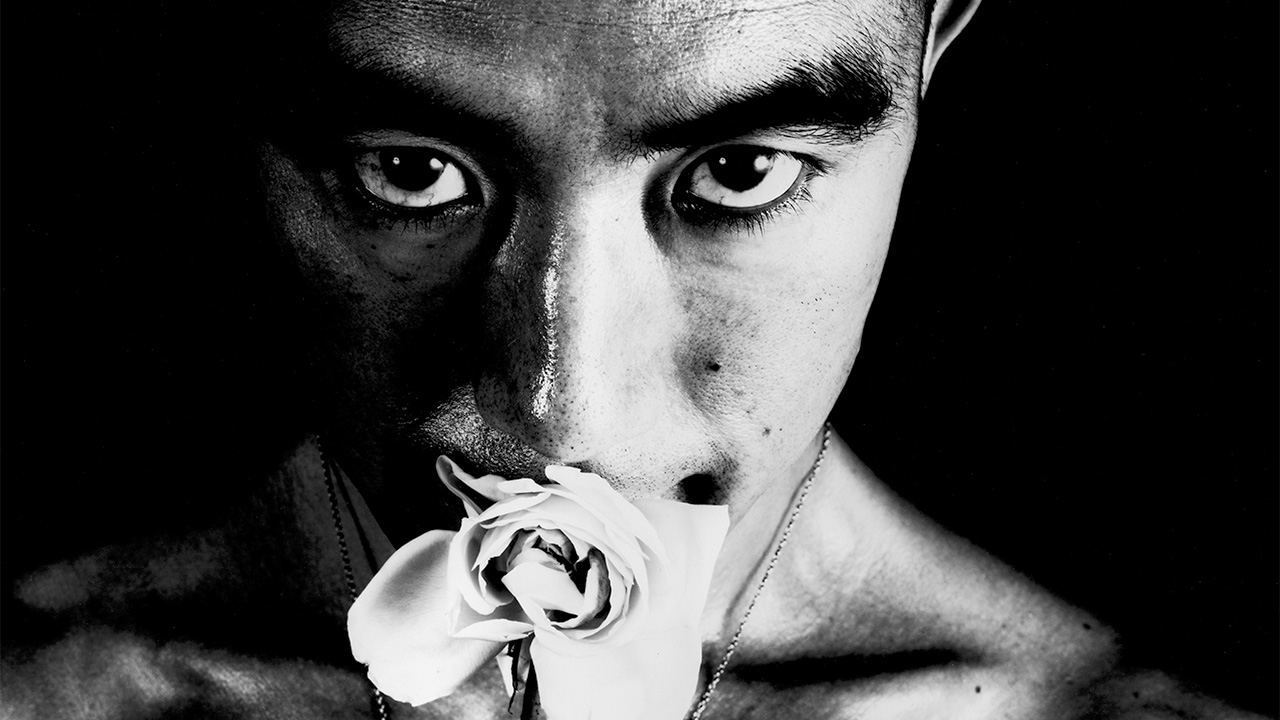
10 November 2020
In 1963, one of Japan’s most promising young photographers collaborated with renowned author Mishima Yukio on Barakei (Ordeal by Roses) a remarkable collection of artistically creative photographs that used the author’s bodybuilder’s physique to stunning effect, creating an international sensation.
I never imagined myself in the fashion industry. Growing up, I was often described as gloomy, quiet, insecure and dark. As you can imagine, the idea of walking down the runway or communicating with creatives to capture an image by posing for the camera—none of this was something I could ever fathom.
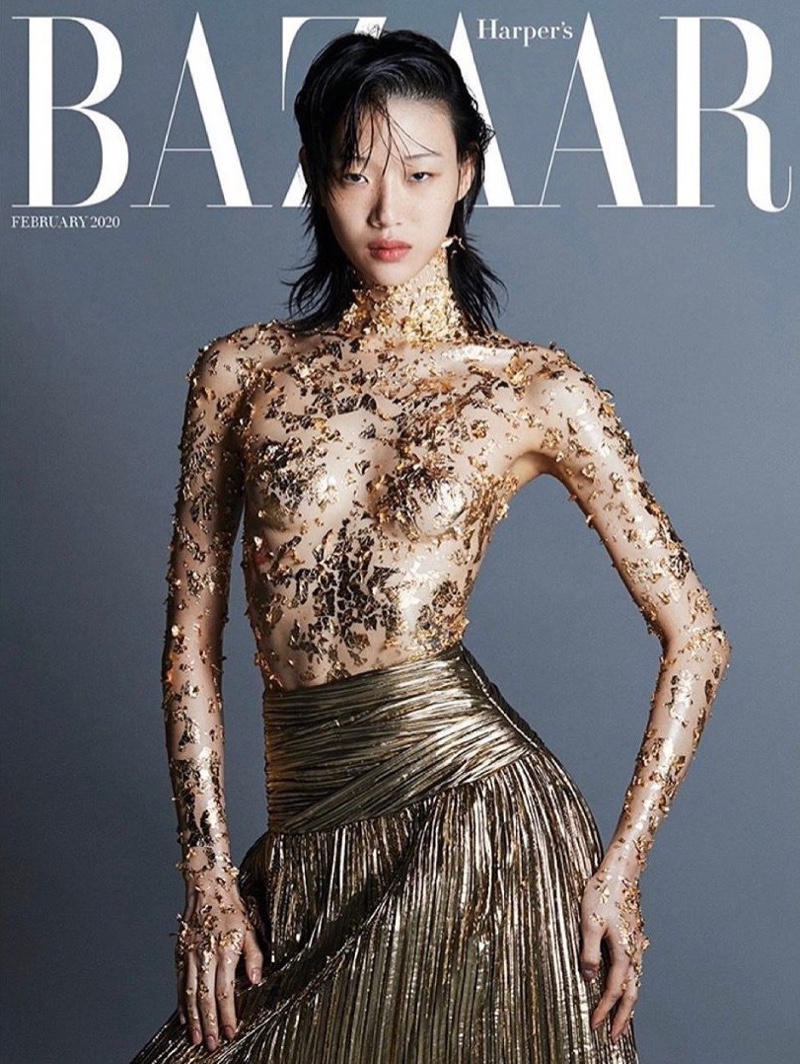
Sora Choi shines in
Sora Choi shines in gold on Harper’s Bazaar Korea’s February 2020 cover. Captured by Yeongjun Kim, she models shimmering foil as a top with a pleated skirt from Saint Laurent. Accompanying images feature Sora striking a pose in ensembles from the French fashion house’s spring collection. Stylist Jin Sun Lee makes sure she looks glam in party-ready dresses, sparkling blazers, and suede boots.
29 January 2015
The one time I visited Santiago de Chile—it was July 1991, winter in the southern hemisphere, and the days were sunny, cold and crisp—I made the pilgrimage to Pablo Neruda’s house on the coast, in a place called Isla Negra. My reason for this trip to the Cono Sur—I would also visit Buenos Aires—was a conference at the university in Santiago. I was staying at the family home of my friend the poet Cecilia Vicuña and was warmly welcomed by her community of poets. One of the young poets, I don’t remember his name, drove a small group of us to Isla Negra, or Black Island. It was not an island, or even a peninsula, so when I asked why it was called that, someone remarked it was because of the color of the sand. I guess it felt like an island? Anyway, Latin American friends from my New York days had told me stories about visiting the maestro at this rambling wooden shack perched above a wild Pacific, generously decked with oversized toys and careful collections of beetles, the parts of old ships, and other items, some of them curiosities but mostly everyday things, like miniature glass bottles, which took on a magnified dimension in the domestic aura of the bard.
“When we first learn to speak as children, we are learning to translate.”—Octavio Paz
One of the first authors I translated, Guillermo Cabrera Infante, said that I had “too much ego” to be a translator. I took the statement as a compliment even though I still don’t know if it’s true. What I do know is that author and translator both need to be writers. To begin at the beginning: I read somewhere:
[T]he greatest human yearning is to recover the sense of belonging and possibility that attaches to childhood, that ghostly sensation of how it felt when life was most promising, simpler but more mysterious, at a time when things were vivid because they were first impressions. It is the memory of expectation that lies at the bottom of all our lives. That is what I love, what I am forever seeking.
 |
| Inez |
Gagosian Gallery is pleased to present a major exhibition of photographs by Inez & Vinoodh, following their first exhibition with the gallery in Paris earlier this year. Partners in life and work for twenty-five years, Inez & Vinoodh were among the first photographers to harness the full potential of digital manipulation in portraying the human condition. Combining the beautiful with the bizarre, the elegant with the extreme, the classical with camp, they depict human identity as exquisite corpse, the spirit of transformation that has fueled the march of art history and which has become, more than ever, a sustaining aesthetic principle of our own time.
 |
| Inez van Lamsweerde and Vinoodh Matadin |
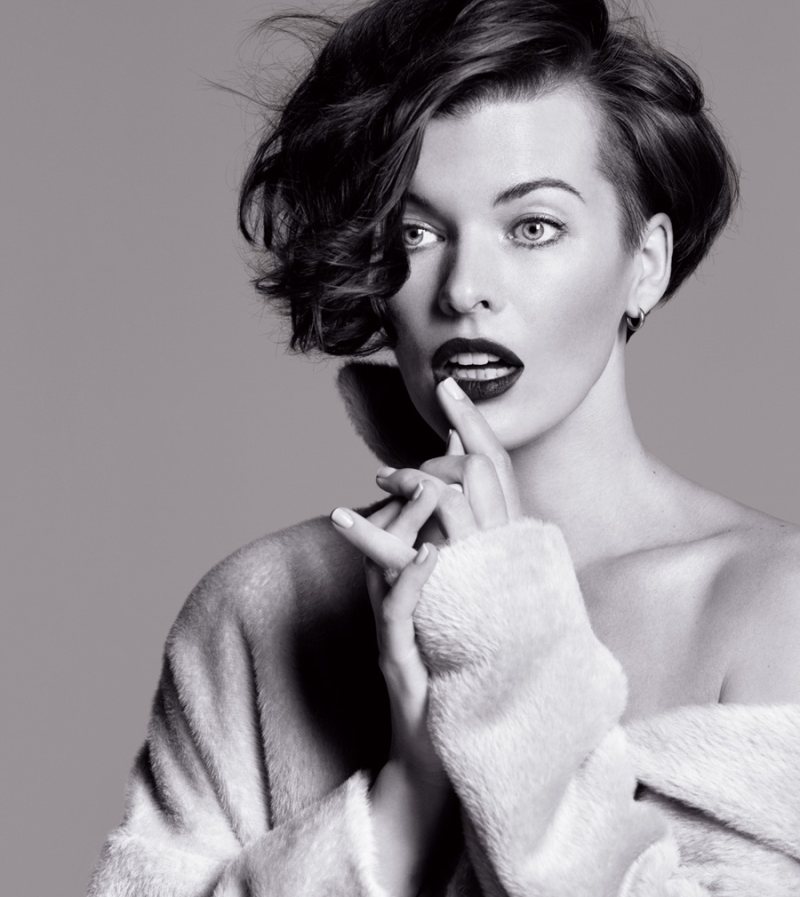
JOANNA ELIZABETH
/PUBLISHED OCTOBER 3, 2012
As a disco-dancing, punk-loving teenager in Amsterdam, Inez van Lamsweerde launched herself into a career in fashion with some zeal. Now 46 and the industry’s most powerful image-maker, she is responsible for defining what fashion looks like, season after season. Her vast back catalogue reflects not just one style but a total fashion photography universe, so seamlessly can she slip between the high-production commercial shoots, intimate portraits and informal street snaps that describe each style epoch.
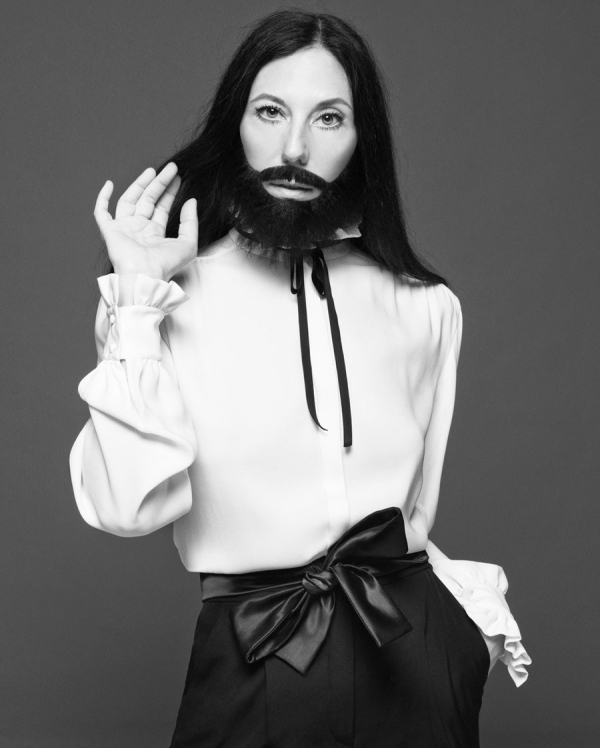 Inez Van Lamsweerde and Vinoodh Matadin, Inez Van Lamsweerde - The Gentlewoman, 2010. ©Inez & Vinoodh / Courtesy Gagosian Gallery
Inez Van Lamsweerde and Vinoodh Matadin, Inez Van Lamsweerde - The Gentlewoman, 2010. ©Inez & Vinoodh / Courtesy Gagosian GallerySome images are far edgier on a glossy magazine page, under a pithy headline, than they are hanging on a white gallery wall. For instance, The Gentlewoman(2010) by collaborators Inez Van Lamsweerde and Vinoodh Matadin, appeared first on the cover of Gentlewoman, a smart, small British women’s magazine. It’s a portrait of Van Lamsweerde herself as a style-conscious bearded lady. She wears a flowing white blouse with a thin black ribbon around her neck and silky black pants with a big bow around the waist. Originally, the image appeared with the words “story of the world’s best fashion photographer” below it. In that context, the image was gender-bending in a refined but still unexpected sort of way.
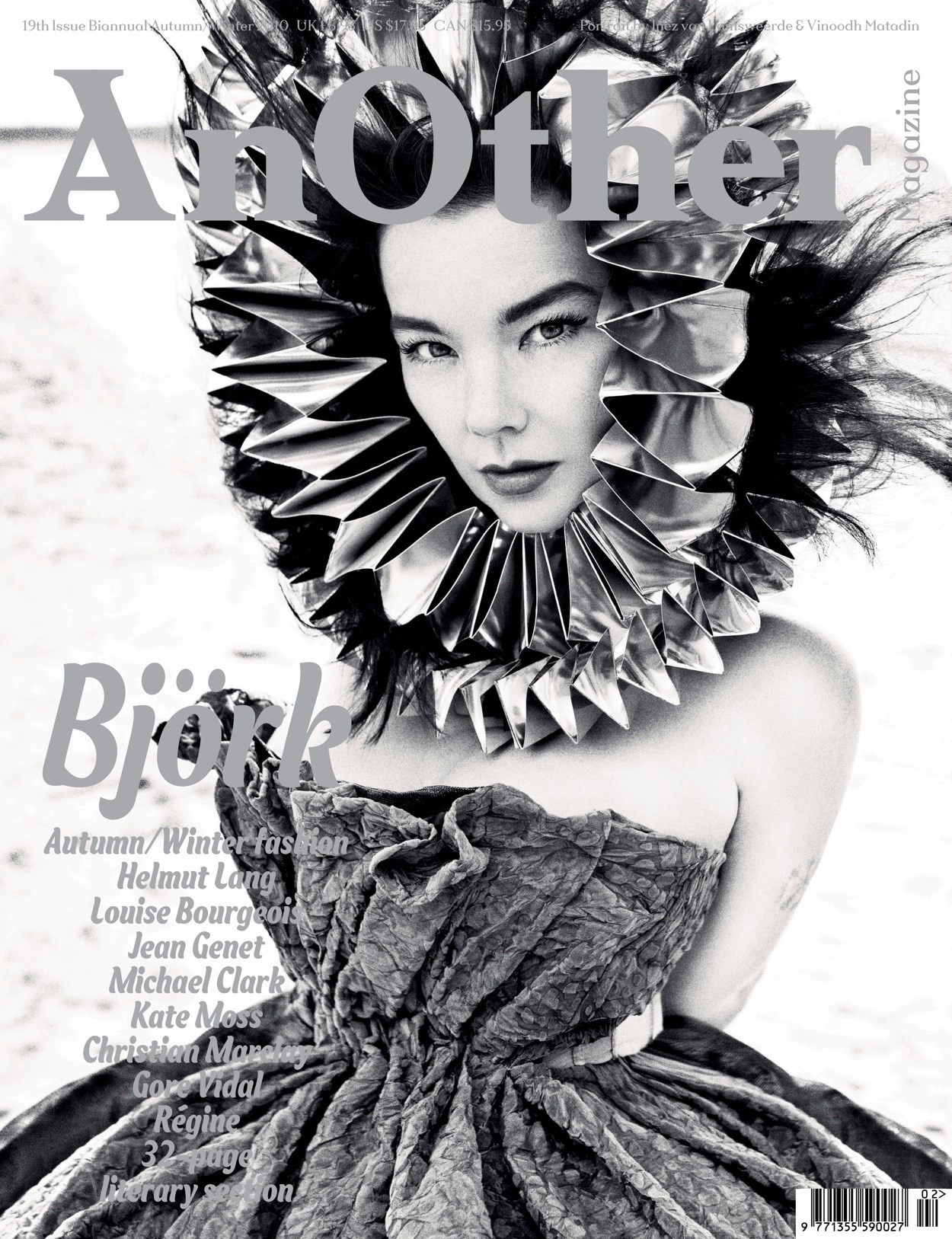
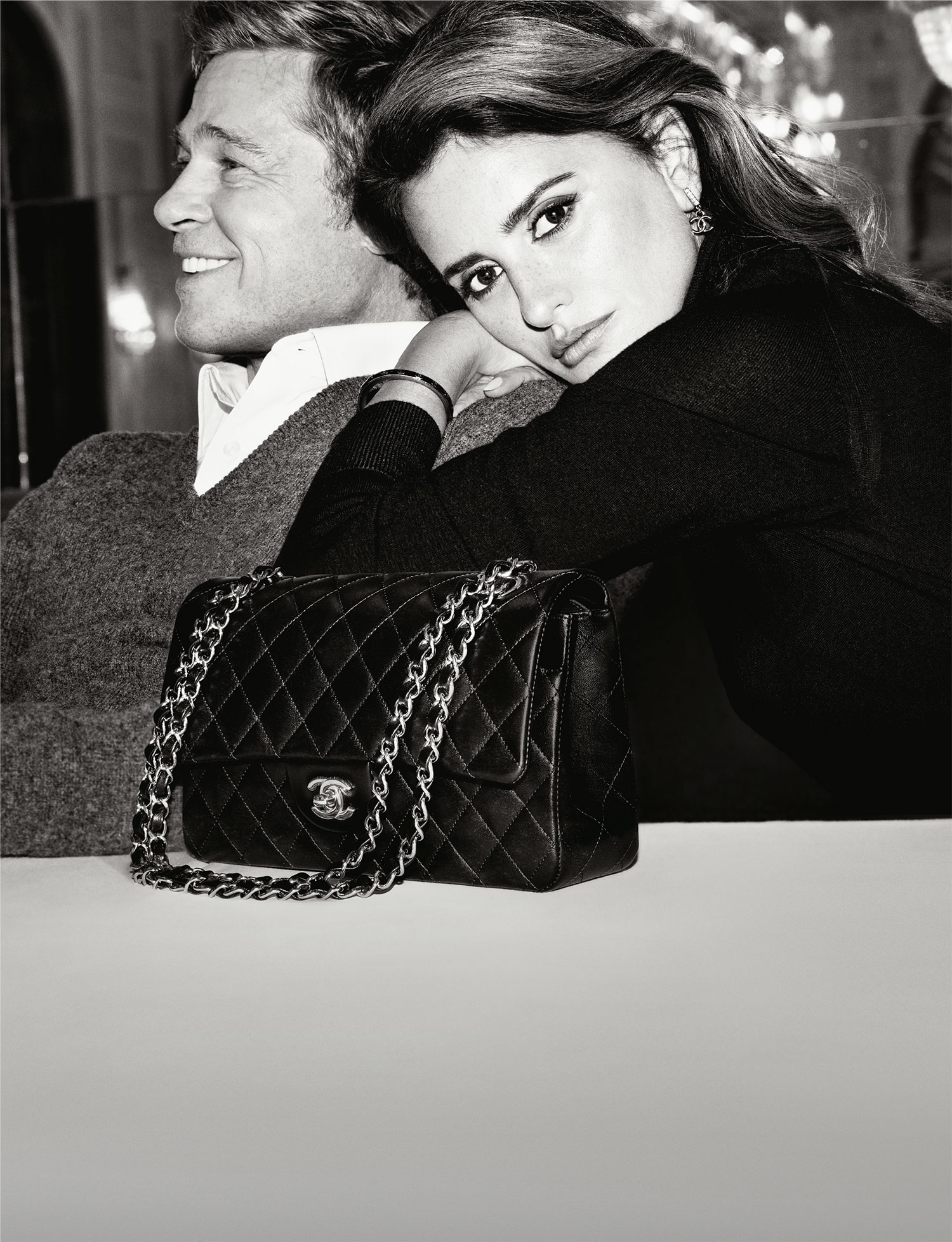
This campaign isn’t just about revisiting the allure of a bygone era; it’s a vivid celebration of CHANEL’s indelible mark on fashion and film. The backdrop? The enchanting Deauville, a locale intertwined with CHANEL’s heritage, where Gabrielle Chanel herself opened her first boutique. This choice of location is no mere coincidence; it’s a nod to the brand’s roots and its intertwined history with cinema.
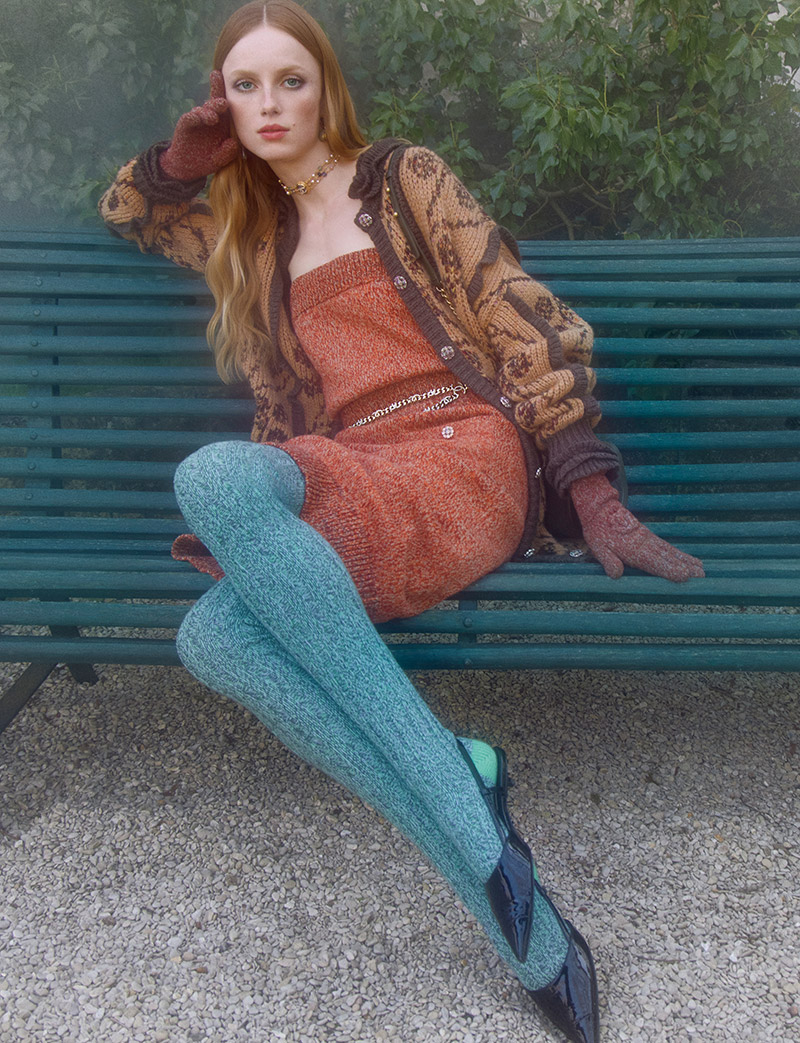
SEPTEMBER 6, 2022
Inez & Vinoodh direct fashion model Rianne Van Rompaey in the campaign for the CHANEL Fall-Winter 2022/23 Ready-to-Wear collection by Virginie Viard. “We set out to bring the countryside, the Scottish landscape around the River Tweed, into city life,” explains the photography duo, guided by the contrast between “Gabrielle Chanel’s trips to the River Tweed area finding inspiration for her tweeds in nature, and living her life in Paris dressing women with tremendous freedom of movement and ease.”
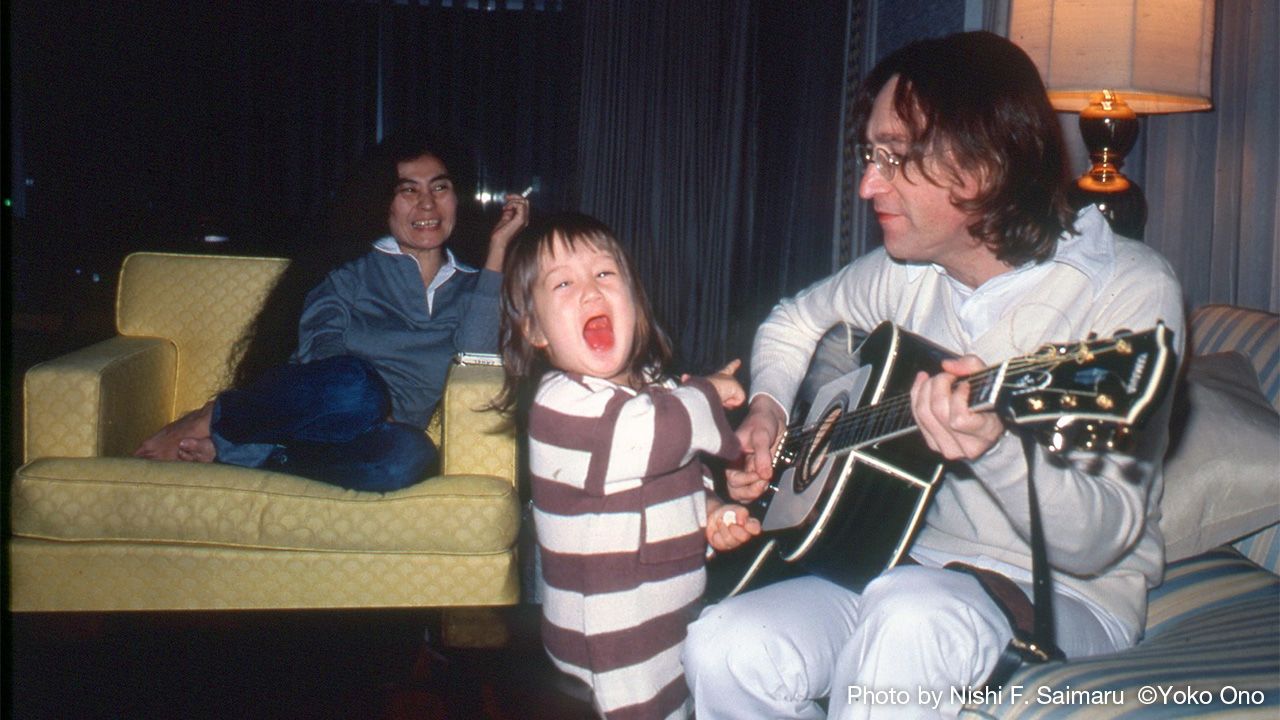
The passage of time has been miraculously beneficial for Yoko Ono. While previous generations held grudges and questioned her motives, in the 21st century Ono is cherished for her provocations and wisdom. As a musician and multimedia artist since before the term was coined, Ono holds the rare position of courting a global audience without ever having to compromise her work, which is often wilfully impenetrable.
 |
| Susan Sarandon |
It’s not just Susan Sarandon’s wide-eyed looks and languid voice that distinguish her from all the other actors of her generation. Her range of roles, from ingénue Janet Weiss in The Rocky Horror Picture Show to cinema’s most stylish lesbian vampire ever in The Hunger, has marked her out as fearless and brilliant in equal measure.
Japanese photography has traditionally been dominated by men – but a new collection, I’m So Happy You Are Here, celebrates 25 female artists. They discuss their electrifying works
Nearly a month after the Venezuelan president’s roundup many expect him to ride out the threats to his 11-year rule
Nicolás Maduro has baptised his political crackdown Operación Tun Tun (Operation Knock Knock) after the spine-chilling visits his security forces pay their targets. But when members of Venezuela’s secret police came for Aixa Daniela Boada López, they announced their arrival with a thump not a tap.